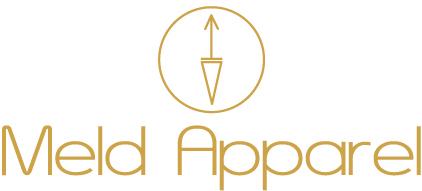1. The fear is real- I remember when I was at High School listening to girls complaining of social Anxiety. I didn’t understand it, and thought ‘Life can be tough, we all just have to get on with it’. But anxiety is more than butterflies in the stomach or feeling uncomfortable. It is an overwhelming feeling of dread, for unexplainable reasons. Just be supportive; don’t push, they will find ways to cope in time. Some days it’s easy to push the boundaries of the comfort zone; some days it’s not.
2. It often happens to over-achievers- Journalist Georgie Dent writes about her battle with overcoming anxiety in her book Breaking Badly. She was a young woman with incredible grades, aspirations, and the world at her feet; however she could not celebrate any of her achievements. There was always someone better, someone smarter, and someone ‘really making a go of it’. Her inability to be forgiving to herself, drove her inability to give herself a break. The constant circuits of her brain, meant no time for downtime in her thought processes; and eventually fatigue set in. Maybe your friend needs some downtime, time to turn off from their brain. Find tasks that can refocus thoughts. Like going for a run, while having great physical benefits; it can pull your thoughts from the menacing, to focus on the physical task at hand.
3. It’s not a sign of weakness- Style icon Caroline de Maigret was recently quoted in Irish Tatler talking about her burnout at 33. She said “It was a result of too much work, coupled with the fact that I think I hadn’t fixed a lot of issues and I was living my life without asking myself too many questions. Eventually those questions came back without asking permission.” She later states that her days started with anxiety attacks. I like Caroline’s idea that she was living her life without asking questions. I look to the other accounts and I recognise that they are not women whom underachieve. So often anxiety is related to frailty and weakness; and this I think is an out-dated belief. In all cases they were so busy in our lives, trying to achieve but never taking a breath to celebrate; to an end where we didn’t stop to register internal metrics. So reassure your friend that while they might be feeling vulnerable right now, they will regain their strength.
4. It is a sign of letting your thoughts run wild, unchecked- Stephanie Preissner (Sunday Independent Life Magazine) described the onset of panic attack. She recognised that her thought processes tend to “Go to worst case scenario”. Georgie Dent, similarly unpacks thought processes from her childhood, where her thoughts would irrationally skip to epic worry proportions at the slightest suggestion. Sufferers on anxiety, often have these ‘thought journeys’ that left unbridled, gallop full-speed into the abyss. These thoughts have to be broken down, treated more realistically and reframed. It can be a challenging process to engage meta-thinking and really analyse thought processes. You can help a friend with talking, sorting through issues, establishing that the world isn’t ending and choosing to react more positively.
5. There are ways to cope- Dr Caroline Leaf (leading meta-physicist) tells us that stress is a good, motivating factor; when responded to in a positive, proactive way. It is when the stress gets to epic proportions, through erratic thought processes, that it becomes mentally and physically unhealthy. So to avoid the negative thought processes, Dr Leaf says we must be aware of our thoughts; capture them. Break down what they mean. What’s the likelihood of this fear coming to pass? And then reframe them to be more positive. It is consciously looking for the ‘silver lining’; realising that even if things don’t go your way, it’s not the end of the world. This process of changing thought processes does not happen overnight, particularly if they’re well-entrenched; but with perseverance it can happen. Our brains are remarkably malleable! So, while your friend might be going through a tough patch, reassure them, it can get better. And be the sounding board to help them extricate their thoughts, and come to agreement that positive action can come from a difficult situation.












